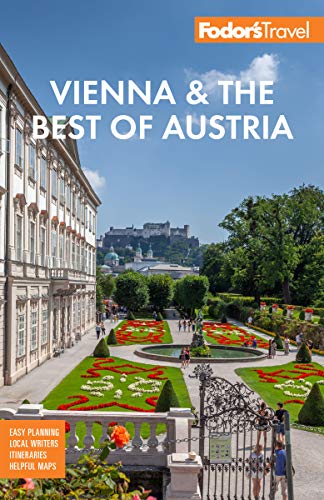Vienna Wines
For a memorable experience, sit at the edge of a vineyard in the outskirts of the city with a tankard of young white wine and listen to the Schrammel quartet playing sentimental Viennese songs. The wine taverns in this region sprang up in 1784 when Josef II decreed that owners of vineyards could establish their own private wine taverns, with the provision that the vintners rotate their opening times among them; soon the Viennese discovered it was cheaper to go out to the wine than to bring it inside the city walls, where taxes were levied.
These taverns in the wine-growing districts vary from the simple front room of a vintner's house to ornate settings. Named after the "new" wine, the true Heurige is open for only a few weeks a year to allow vintners to sell a certain quantity of their production, tax-free, when consumed on their own premises. The choice is usually between a "new" and an "old" wine, but you can also ask for a milder or sharper wine according to your taste. Most Heurigen are happy to let you sample the wines before you order. You can also order a Gespritzter, half wine and half soda water. If you visit in the fall, be sure to order a glass of Sturm, a cloudy drink halfway between grape juice and wine, with a delicious yeasty fizz. Don’t be fooled by its sweetness; it goes right to your head.
Tourist traps still abound in Grinzing, where for years busloads descended on the picturesque wine village on Vienna's outskirts to drink new wine, but there are also worthy Heurigen destinations in Stammersdorf, Sievering, Nussdorf, or Neustift. And these days you can usually find fine dinners to accompany the excellent wine.




